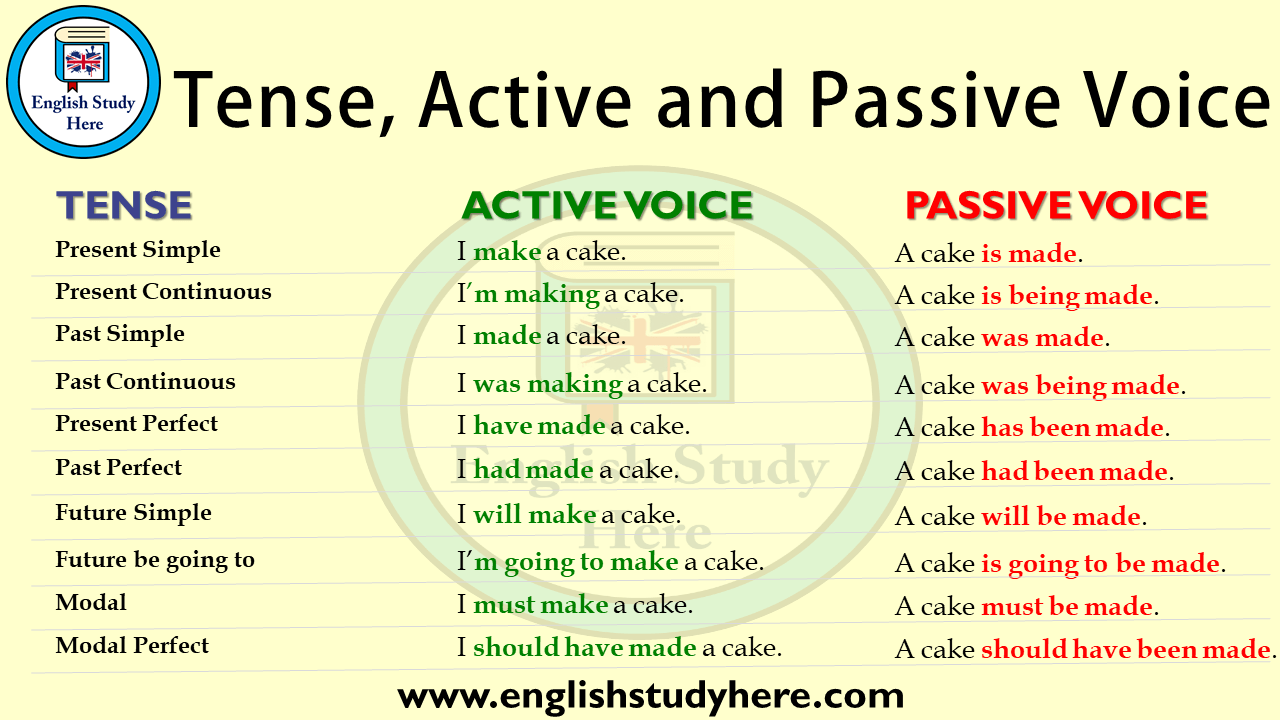When it comes to writing, the choice between using active voice and passive voice can significantly impact the clarity and effectiveness of your message. Both styles have their own advantages and disadvantages, but understanding when and how to use each can make a world of difference in your communication.
Active voice is a style of writing in which the subject of the sentence performs the action. This results in more direct and concise sentences, making it easier for the reader to understand who is doing what. Passive voice, on the other hand, reverses the order of the sentence, making the object of the action the subject. While passive voice can be useful in certain situations, it often leads to vague and wordy sentences that can confuse the reader.
Active Voice vs Passive Voice
One of the main differences between active voice and passive voice is the level of clarity they provide. Active voice is straightforward and to the point, making it ideal for conveying information quickly and effectively. Passive voice, on the other hand, can obscure the doer of the action and make the sentence more difficult to understand.
Another important factor to consider is the tone of your writing. Active voice tends to be more engaging and dynamic, as it places emphasis on the subject performing the action. This can help draw the reader in and keep them interested in your message. Passive voice, on the other hand, can come across as impersonal and detached, making it less engaging for the reader.
Additionally, active voice is often preferred in academic and professional writing, as it is considered more authoritative and precise. Passive voice, while sometimes necessary in scientific or technical writing, can make the text sound passive and weak. By using active voice, you can convey your ideas with confidence and conviction.
In conclusion, the choice between active voice and passive voice can have a significant impact on the clarity, tone, and effectiveness of your writing. While passive voice has its place, active voice is generally preferred for its directness and engagement. By understanding the differences between the two styles and knowing when to use each, you can elevate your writing and better communicate your ideas to your audience.
